A Transformative Decade for Marriage Equality
The landmark 2015 Supreme Court decision in Obergefell v. Hodges marked a turning point in American history, granting same-sex couples the right to marry nationwide. This ruling, which came after decades of activism, legal battles, and shifting public opinion, was a monumental victory for the LGBTQ community. It symbolized not just legal recognition but a cultural shift toward inclusivity and equality. Ten years later, the decision remains a cornerstone of civil rights progress, yet recent developments suggest a potential backlash from certain quarters, raising questions about the durability of this hard-won right. This article explores the journey to Obergefell, its impact on American society, the current state of public opinion, and the emerging challenges that could threaten marriage equality.
The Road to Obergefell: A Historical Context
The fight for marriage equality in the United States was a long and arduous one, rooted in the broader struggle for civil rights. The modern LGBTQ rights movement can trace its origins to the Stonewall Riots of 1969, when patrons of a New York City gay bar resisted a police raid, sparking a wave of activism. However, the specific push for marriage equality gained momentum in the 1990s, as same-sex couples began challenging discriminatory laws that denied them the legal benefits and recognition afforded to heterosexual couples.
In 1993, the Hawaii Supreme Court’s ruling in Baehr v. Lewin suggested that denying same-sex couples the right to marry might violate the state’s constitution, igniting a national debate. This prompted a swift backlash, culminating in the passage of the Defense of Marriage Act (DOMA) in 1996, signed into law by President Bill Clinton. DOMA defined marriage as a union between one man and one woman for federal purposes and allowed states to refuse to recognize same-sex marriages performed in other states. At the time, public support for same-sex marriage was minimal, with polls showing only about 27% of Americans in favor, according to Gallup.
Despite DOMA, the early 2000s saw incremental progress. In 2003, the Massachusetts Supreme Judicial Court ruled in Goodridge v. Department of Public Health that same-sex couples had the right to marry under the state constitution, making Massachusetts the first state to legalize same-sex marriage in 2004. This decision was a catalyst, inspiring other states to follow suit while simultaneously galvanizing opposition. That same year, 11 states, including Ohio, passed constitutional amendments banning same-sex marriage, often driven by conservative political campaigns that leveraged the issue to boost voter turnout.
The cultural and political landscape was starkly different two decades ago. President George W. Bush’s 2004 reelection campaign capitalized on anti-gay marriage sentiment, particularly in battleground states like Ohio, where a ballot measure banning same-sex marriage may have helped secure his victory. CNN’s 2004 exit polls revealed that only 25% of Americans supported legal same-sex marriage, with a larger portion favoring civil unions as a compromise.
Yet, public opinion was beginning to shift. The visibility of LGBTQ individuals in media, politics, and everyday life helped demystify same-sex relationships. Shows like Will & Grace and Queer Eye for the Straight Guy brought gay characters into mainstream households, fostering empathy and understanding. By 2011, for the first time, a Gallup poll showed majority support for same-sex marriage, with 53% of Americans in favor. This growing acceptance set the stage for the legal battles that would culminate in Obergefell.
The Obergefell Decision: A Legal and Cultural Milestone
On June 26, 2015, the U.S. Supreme Court ruled 5-4 in Obergefell v. Hodges that same-sex couples have a constitutional right to marry under the Due Process and Equal Protection clauses of the Fourteenth Amendment. The decision, authored by Justice Anthony Kennedy, declared that marriage is a fundamental right and that denying it to same-sex couples violated the principles of liberty and equality. The ruling invalidated remaining state bans on same-sex marriage, ensuring nationwide recognition.
“The right to marry is fundamental as a matter of history and tradition, but rights come not from ancient sources alone. They rise, too, from a better informed understanding of how constitutional imperatives define a liberty that remains urgent in our own era.” — Justice Anthony Kennedy, Obergefell v. Hodges
The decision was a triumph for advocates like Mary Bonauto, the civil rights lawyer who argued the case before the Supreme Court. Bonauto, senior director of civil rights and legal strategies at GLAD Law in Boston, described the ruling as transformative, noting its profound impact on millions of Americans. Same-sex couples could now access the legal benefits of marriage, from joint tax filings to health insurance coverage to inheritance rights. For many, it meant the ability to build and protect their families under the law, strengthening the institution of marriage itself.
The Obergefell decision also had a ripple effect globally, inspiring other countries to advance marriage equality. Nations like Australia (2017) and Taiwan (2019) legalized same-sex marriage in the years following, citing the U.S. as a precedent. Domestically, the ruling was celebrated as a victory for equality, with iconic images of rainbow flags and joyous couples outside the Supreme Court becoming symbols of progress.
The Cultural Impact of Marriage Equality
The legalization of same-sex marriage reshaped American society in profound ways. Beyond the legal benefits, it normalized same-sex relationships in the public eye, fostering greater acceptance across generations. By 2025, nearly 70% of Americans support same-sex marriage, according to Gallup and Pew Research polls, a remarkable turnaround from the 25% approval rate in 2004. This shift is particularly pronounced among younger generations, with over 80% of Millennials and Gen Z supporting marriage equality.
The cultural impact is evident in everyday life. Same-sex couples are now visible in advertising, television, and film, reflecting their integration into the social fabric. Major corporations, from Disney to Apple, have embraced inclusivity in their branding, recognizing the economic power of the LGBTQ community. Wedding industries have adapted, with vendors catering specifically to same-sex couples, from tailored ceremonies to inclusive marketing.
Musically, the era surrounding Obergefell saw an outpouring of songs celebrating love and identity. Artists like Lady Gaga, whose 2011 anthem “Born This Way” became a rallying cry for LGBTQ rights, and Macklemore, whose 2012 song “Same Love” explicitly addressed marriage equality, amplified the movement’s message. These songs, blending pop, hip-hop, and folk influences, resonated with a generation advocating for change, providing a soundtrack to the fight for equality.
However, the cultural shift was not universal. Rural and conservative regions, particularly in the South and Midwest, remained resistant, with some communities viewing same-sex marriage as a challenge to traditional values. This tension underscores the ongoing divide between urban and rural America, a dynamic that continues to shape political discourse.
Political and Legal Challenges: A Brewing Backlash?
Despite widespread acceptance, recent developments suggest a potential backlash against marriage equality, driven by religious conservatives and a more conservative Supreme Court. In June 2025, the Southern Baptist Convention, one of the largest Protestant denominations in the U.S., passed a resolution at its annual meeting calling for laws to challenge Obergefell. This move reflects a broader push among some religious groups to reassert traditional definitions of marriage.
In at least nine state legislatures, symbolic resolutions have been introduced urging the Supreme Court to revisit Obergefell. These resolutions, while non-binding, signal a growing willingness among conservative lawmakers to challenge the decision. In Missouri and Tennessee, efforts to establish “covenant marriage”—a legally distinct form of marriage between a man and a woman that emphasizes religious values and makes divorce more difficult—have gained traction but have not yet succeeded. Notably, House Speaker Mike Johnson, a vocal advocate for conservative Christian values, entered into a covenant marriage in Louisiana, highlighting the personal significance of this model for some leaders.
The case of Kim Davis, the former Kentucky county clerk who refused to issue marriage licenses to same-sex couples in 2015, remains a flashpoint. Davis, who defied court orders citing her religious beliefs, continues to fight for the Supreme Court to reconsider Obergefell, arguing that the decision infringes on religious liberty. Her case has become a rallying point for those who view marriage equality as a conflict with their faith.
The Supreme Court’s Shifting Landscape
The composition of the Supreme Court has changed significantly since 2015, raising concerns about the future of Obergefell. Justices Anthony Kennedy and Ruth Bader Ginsburg, both part of the Obergefell majority, have been replaced by more conservative justices, Brett Kavanaugh and Amy Coney Barrett. This shift has tilted the court’s ideological balance, prompting speculation about whether Obergefell could be overturned.
Justice Clarence Thomas has been vocal in his desire to revisit Obergefell, arguing in his 2022 concurrence in Dobbs v. Jackson Women’s Health Organization (which overturned Roe v. Wade) that the court should reconsider other precedents based on substantive due process, including Obergefell. Justice Samuel Alito has echoed this sentiment, expressing skepticism about the legal reasoning behind the 2015 decision.
However, not all conservative justices are guaranteed to oppose marriage equality. Justice Neil Gorsuch, appointed by President Donald Trump, authored the 2020 decision in Bostock v. Clayton County, which extended federal civil rights protections to LGBTQ individuals in employment. Gorsuch’s reasoning, grounded in the plain text of the Civil Rights Act of 1964, suggests a willingness to uphold certain LGBTQ rights, though his stance on marriage equality remains unclear.
In response to the potential threat to Obergefell, Congress passed the Respect for Marriage Act in 2022, with bipartisan support. The law repealed DOMA and requires states to recognize same-sex marriages performed in other states, even if Obergefell were overturned. This legislative safeguard provides a layer of protection, but advocates like Mary Bonauto emphasize the need for continued vigilance, noting that legal challenges could still disrupt the lives of same-sex couples.
Public Opinion: A Divide Persists
While public support for same-sex marriage is at historic highs, recent polling reveals a decline in Republican support. Gallup data shows that Republican approval dropped from 55% in 2022 to 41% in May 2025, reflecting growing polarization. This decline coincides with a broader conservative focus on other LGBTQ issues, particularly transgender rights, which have become a lightning rod in political campaigns.
Kristen Soltis Anderson, a Republican pollster, has noted that many Republicans embrace a “live and let live” philosophy regarding gay and lesbian individuals but draw a line at transgender issues, such as gender-affirming care or trans women in sports. This distinction, Anderson argues, reflects a cultural divide within the GOP, where acceptance of same-sex marriage does not necessarily extend to the broader LGBTQ community.
Mary Bonauto sees parallels between the historical fight for marriage equality and the current struggle for transgender rights. She notes that fear and misunderstanding often drive opposition to marginalized groups, but personal connections can foster acceptance. “When you get to know people, it can be the beginning of a process of just sort of awakening to this idea of, okay, that’s just another person,” Bonauto said. This optimism is grounded in the belief that Americans, when exposed to diverse perspectives, tend to embrace inclusivity.
Looking Ahead: The Future of Marriage Equality
As the 10th anniversary of Obergefell approaches, the decision stands as a testament to the power of activism, legal strategy, and cultural change. Yet, the emerging backlash underscores the fragility of progress. The interplay between public opinion, political rhetoric, and judicial decisions will shape the future of marriage equality.
Historically, civil rights advances have often faced resistance, from the abolition of slavery to the desegregation of schools. The fight for marriage equality is no exception, but its widespread acceptance suggests a resilience that may withstand current challenges. Advocates like Bonauto remain hopeful, pointing to the transformative power of personal stories and community engagement.
Culturally, the legacy of Obergefell extends beyond the courtroom. It has inspired a generation of artists, writers, and musicians to celebrate love in all its forms, from pop anthems to indie films. As the nation navigates new debates over LGBTQ rights, the lessons of Obergefell—empathy, perseverance, and the pursuit of justice—remain as relevant as ever.
In conclusion, while marriage equality has become a norm in American society, the brewing backlash serves as a reminder that progress is not guaranteed. The coming years will test the durability of Obergefell, but the broader movement for equality, fueled by decades of struggle, continues to shape a more inclusive future.

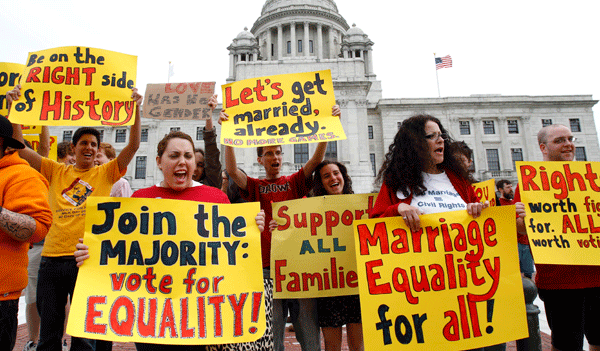

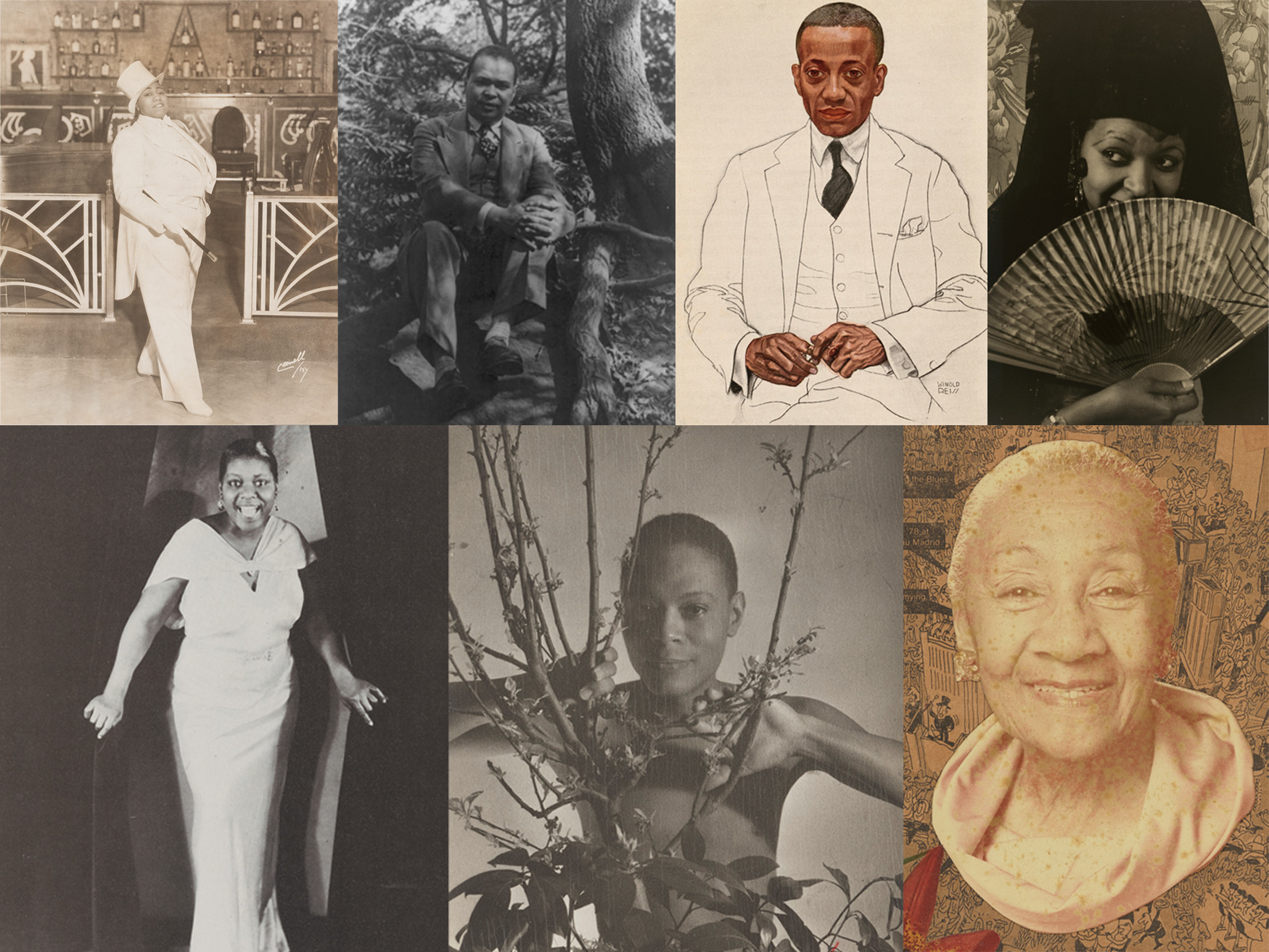



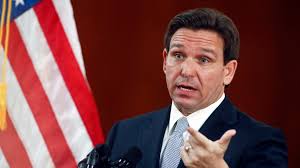

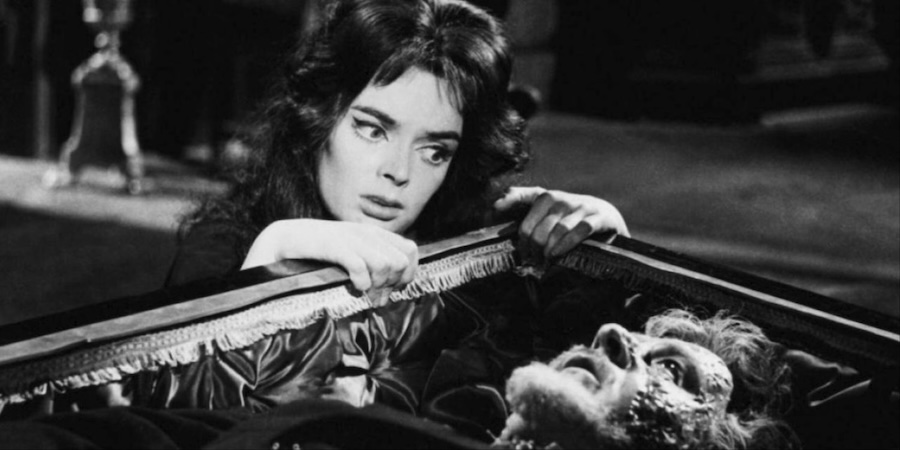



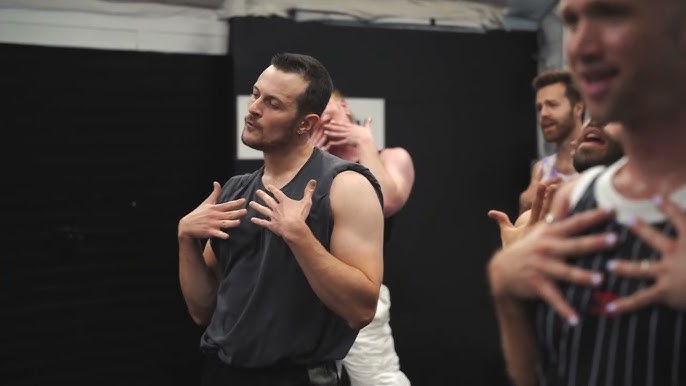
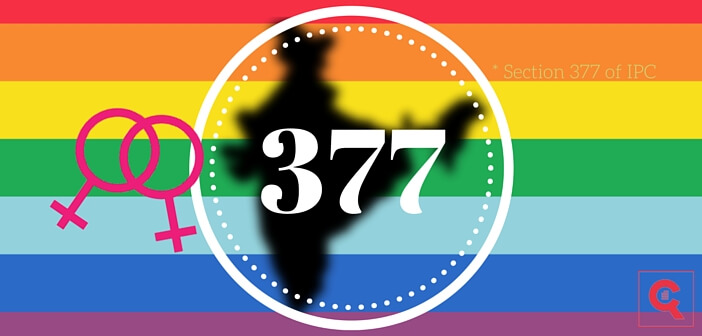
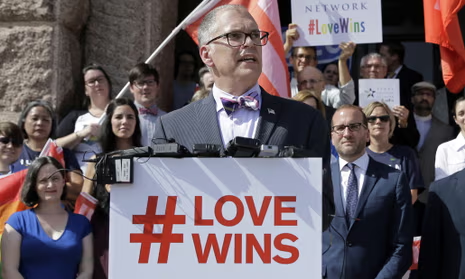
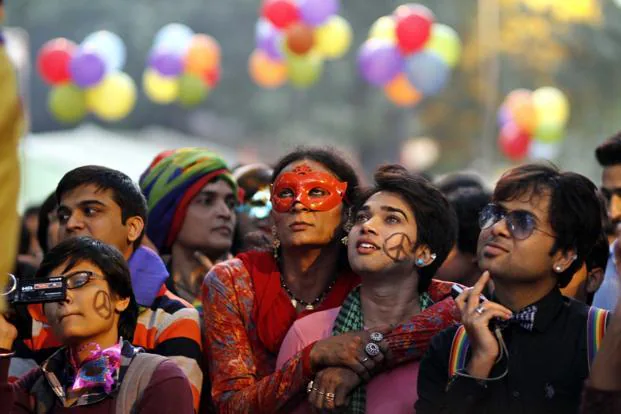
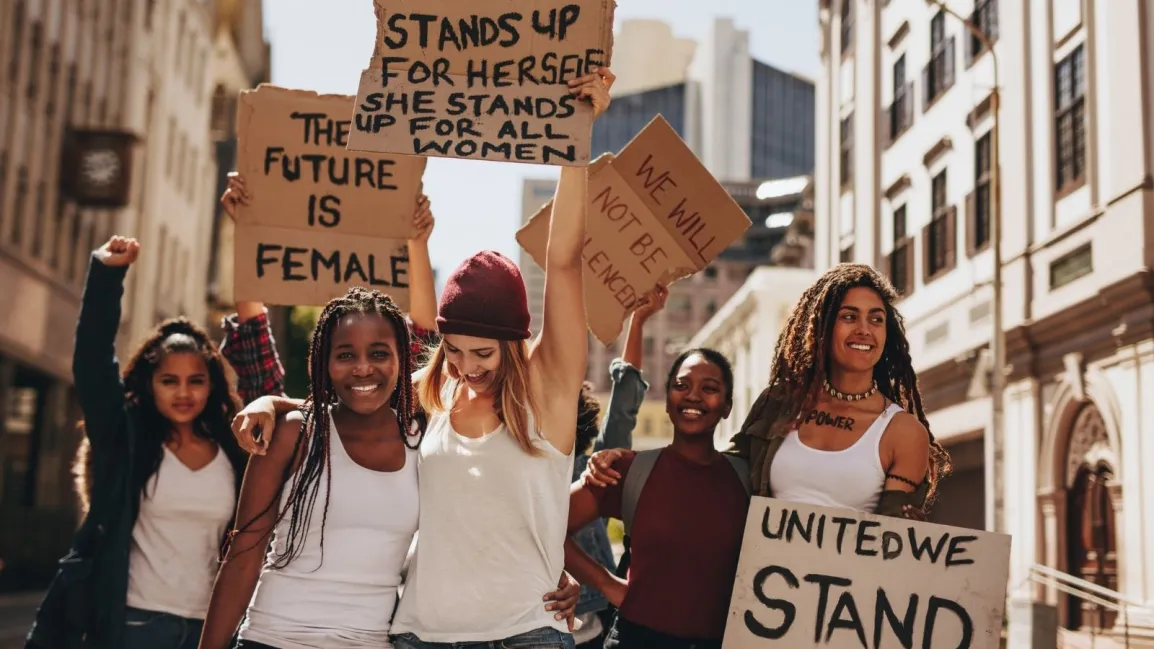
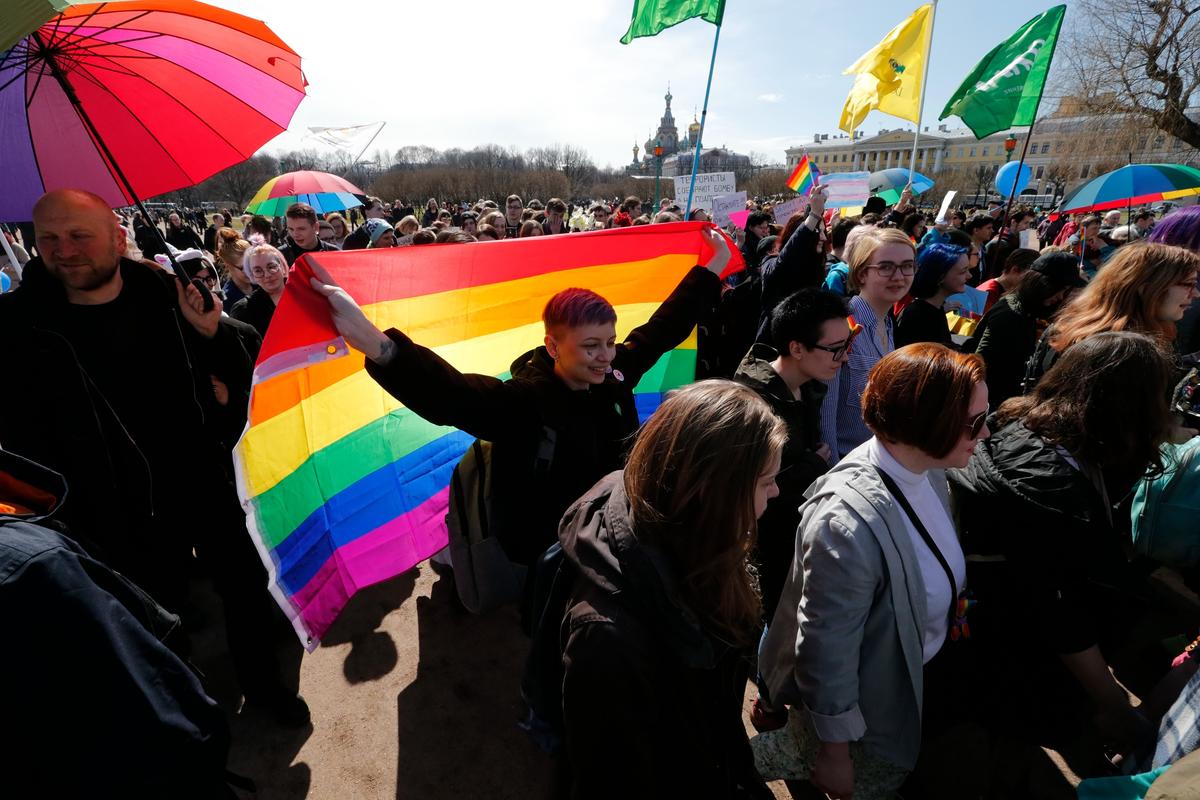
0 Comments